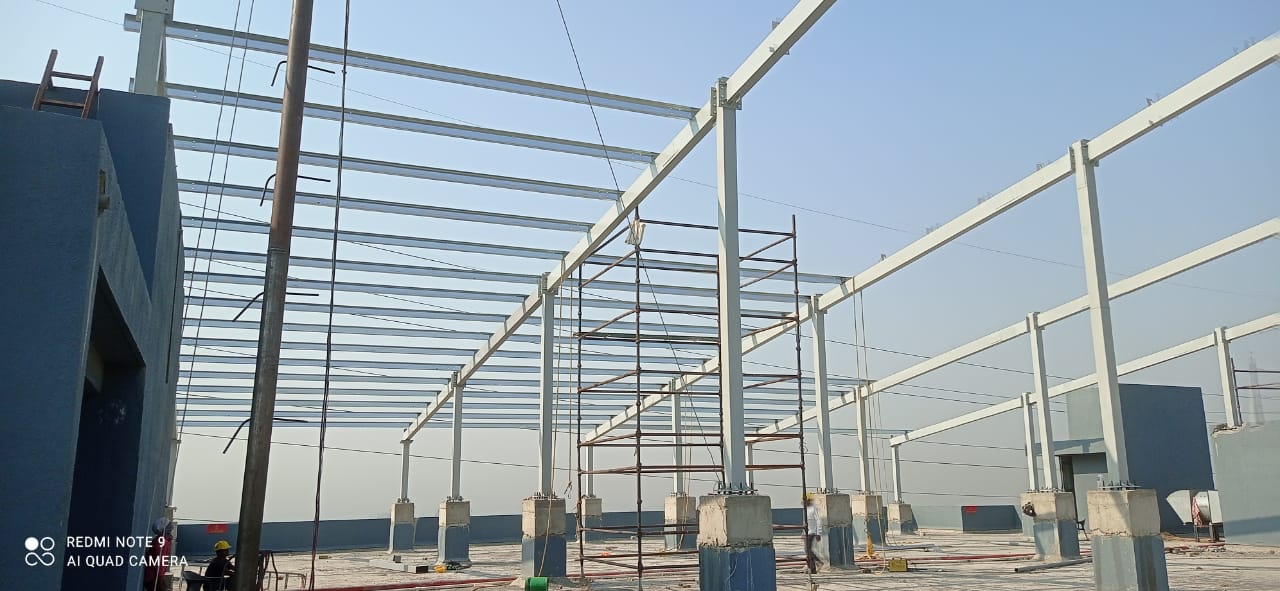Understanding the Difference Between C and Z Purlin
A horizontal beam or bar that is used for structural support is known as a purlin. Purlins are mostly used below the roof and are supported by the building’s walls or rafters. We can also say that purlins reinforce the rigid framing by bringing the rafters together. Steel purlins are frequently used in metal buildings, but sometimes they are used to replace closely spaced rafters in wood-frame structures.
Nowadays, purlin manufacturers commonly produce two types of purlins- Z and C purlins. Before diving into the differences between these two, let's see what they actually are.
C Purlin -
As the name implies, C purlins are shaped like the C alphabet and are primarily used to support walls and floors. As one side of this purlin is plain, it is preferred for cladding. These purlins are also perfect for simple span construction.
Z Purlin -
The shape of Z purlins is similar to that of the Z alphabet. They are mostly made using cold-formed or rolled sheets. As compared to hot-rolled angles, Z purlins are known to save up to 50% on structural sheets.
Differences between C and Z Purlin:
1. Usage:
C purlins are built to shape a building’s shell structure walls and floor joists, whereas Z purlins are built to shape a building’s shell structure’s roof and wall joists.
2. Angles:
Z and C purlins have different angles. The C purlin has an angle of 90 degrees, and the Z purlin has an angle that is less than 90 degrees. Due to this, Z purlins are more flexible than C purlins and can be used for a variety of purposes.
3. Overlapping:
Z purlins can be overlapped continuously, whereas C purlins cannot. Therefore, in metal buildings made for longer spans, it would be better to use Z steel purlins.
4. Roof Sloping:
If a roof slope is small, the difference between the modulus of the flexural section of Z purlin is slightly larger than that of C purlin. But if the roof slope increases, the modulus of the flexural section of a Z purlin will also symmetrically increase vertically. Hence, Z purlins are better suited for roofs with large slopes.
5. Support:
Z purlins usually sit between roofing sheets to provide support while C purlins are used for supporting the beams required for flooring.
6. Strength:
Z Purlins are extremely strong and can support heavy structures although, C purlins have relatively less strength. Therefore, in buildings with a bigger roofing or loading capacity, Z purlins would be a better choice. They are commonly used in agricultural and industrial buildings.
7. Installation:
C purlins are easy to install but Z purlins require more effort and skills. Due to this, it’s a good idea to use them on the roofing of steel-framed structures with single spans.
As mentioned above, Z and C purlins may have their differences but both contribute significantly towards a structure. Just like a coin has two sides, similarly, both the purlins have their own set of pros and cons. Therefore, Z and C purlin manufacturers insist on understanding both the purlins comprehensively to make a wise choice and invest in the one that suits a structure best.



